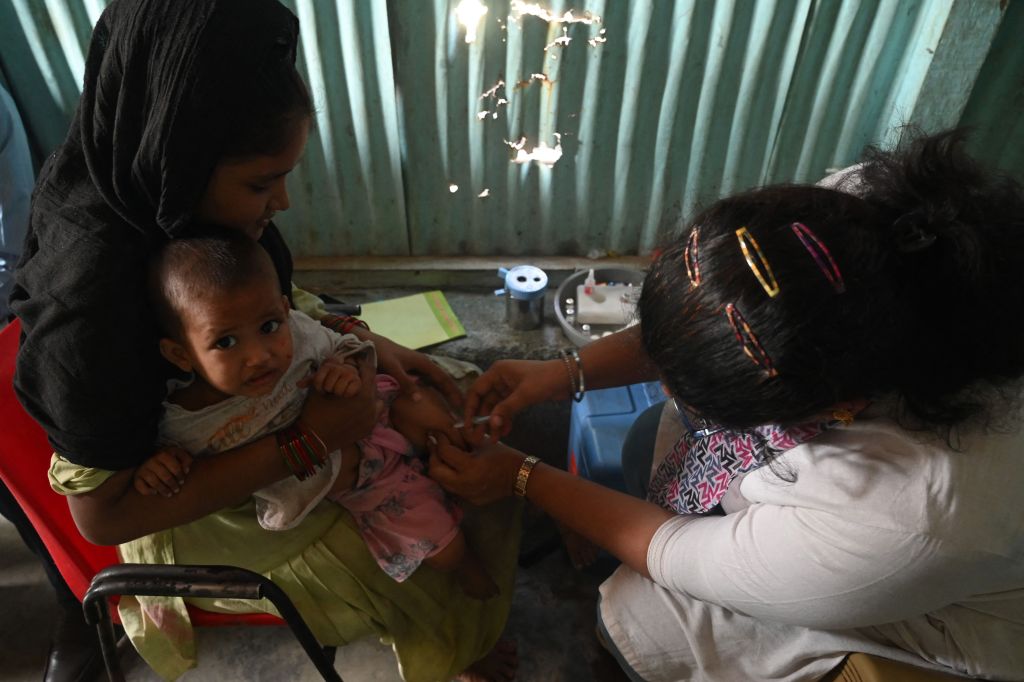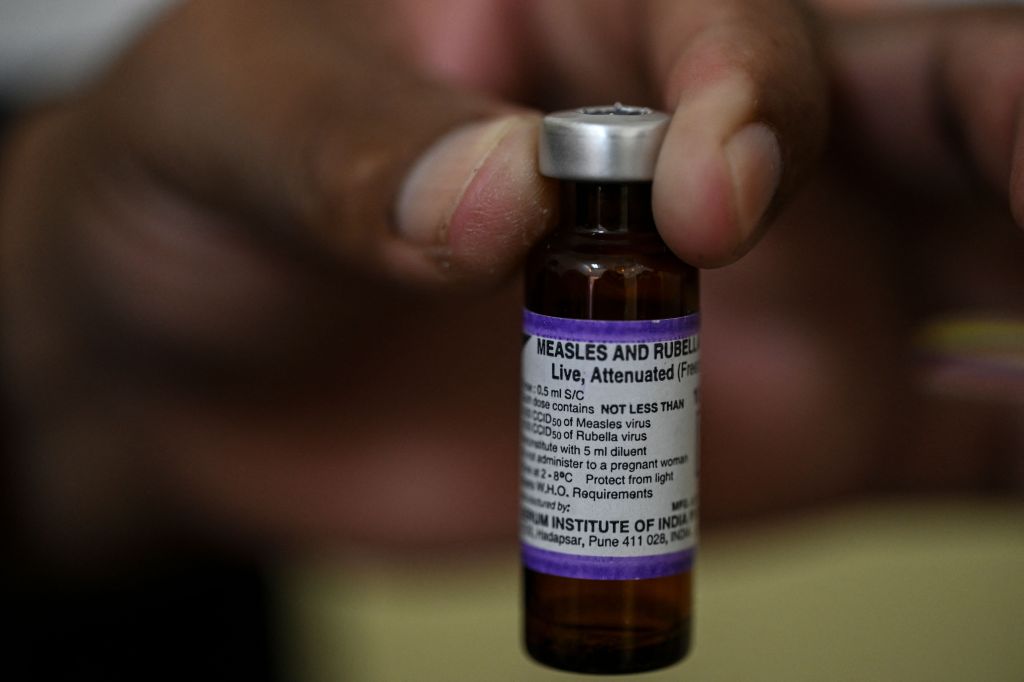WHO and CDC declare measles a global imminent threat
A combined report from two major public health bodies has declared measles an “eminent threat” to the global community.
Released on Thursday, the Centers for Disease Control and Prevention (CDC) and the World Health Organization (WHO) feared that a record decline of measles vaccination rates and persistent large outbreaks meant that the respiratory virus was an “imminent threat in every region of the world”.
WHO Director-General Dr Tedros Adhanom Ghebreyesus said it was “absolutely critical” that immunization programs were bought back on track to avoid what he said is a “preventable disease”.
“The paradox of the pandemic is that while vaccines against Covid-19 were developed in record time and deployed in the largest vaccination campaign in history, routine immunization programs were badly disrupted, and millions of kids missed out on lifesaving vaccinations against deadly diseases like measles,” said Dr Ghebreyesus.
According to the WHO, India, Somalia and Yemen are the three countries with the largest measles outbreak.
While measles is thought to be one of the most contagious viruses, the measles, mumps and rubella-containing vaccine administered during childhood is considered the best defence to reduce future outbreaks.
In Australia, the shot is free for children between 12 to 18 months. People under the age of 20, refugees and humanitarian entrants may also be eligible for a catch up vaccine.
The CDC states that nine out of 10 people who are not vaccinated against the disease will become infected in the advent of exposure.

The virus is transmitted through water droplets released in the sneezes and coughs of infected people. Common symptoms include fever, cold-symptoms, conjunctivitis and red and blotchy rashes that first appear around the face and hairline before spreading elsewhere around the body.
The characteristic rash generally emerges three to four days after the initial symptoms develop.
Last week, visitors who travelled through Melbourne airport were asked to monitor for symptoms until Saturday, December 3.
Three confirmed cases were recorded in a family travelling to Melbourne from Singapore, bringing the total number of confirmed cases in 2022 to five.
The passengers boarded a Qantas flight QF36/ Emirates flight EK5036 in Singapore on Monday and landed at Melbourne Tullamarine Airport on Tuesday at about 6:10 am. They were reportedly inside the airport until 8:40 am.
Victoria’s deputy chief health officer Deborah Friedman urged people who developed symptoms to seek medical care, and to wear a mask and call ahead to ensure they can be isolated from others.

She said young children and adults with weakened immune systems are the most at risk of serious illness.
“Measles is a highly infectious viral disease that spreads quickly with close contact, especially in those who are not fully vaccinated,” said Ms Friedman.
This comes as NSW reported its first case of measles in two years in September this year. A person in their 50s was infected after traveling to Asia and developed symptoms after returning to Sydney.
Read the full article Here


